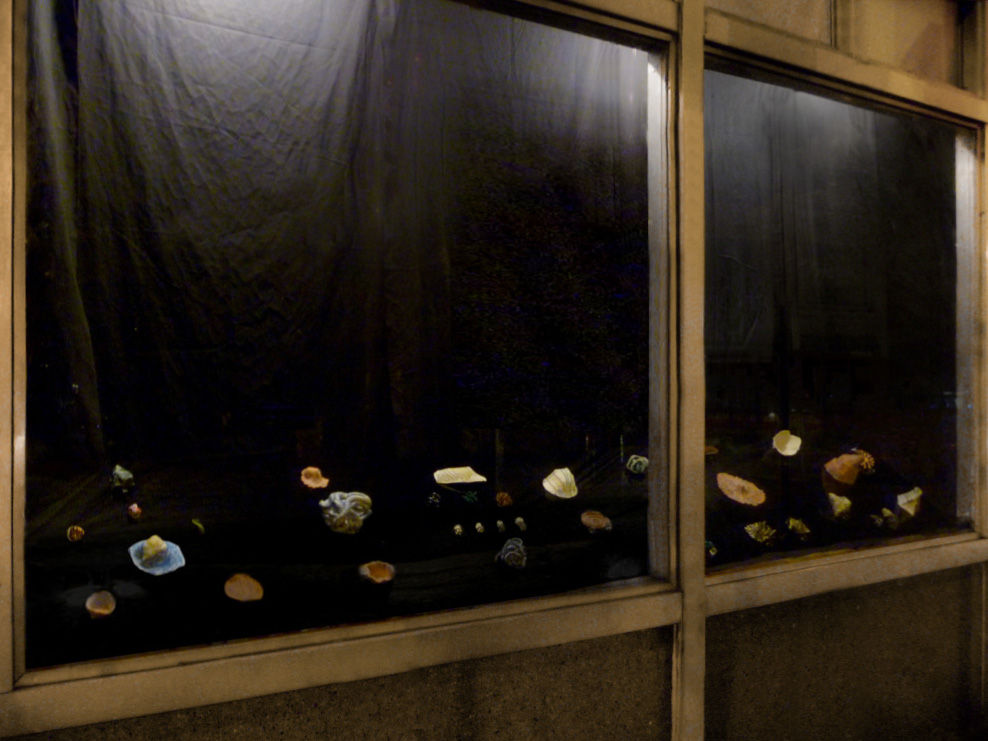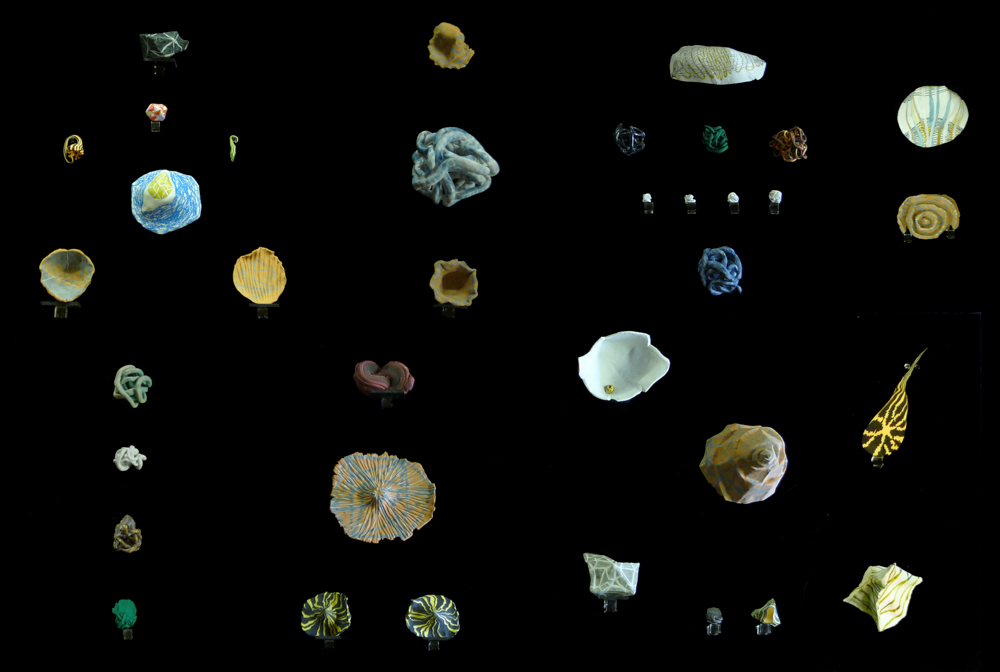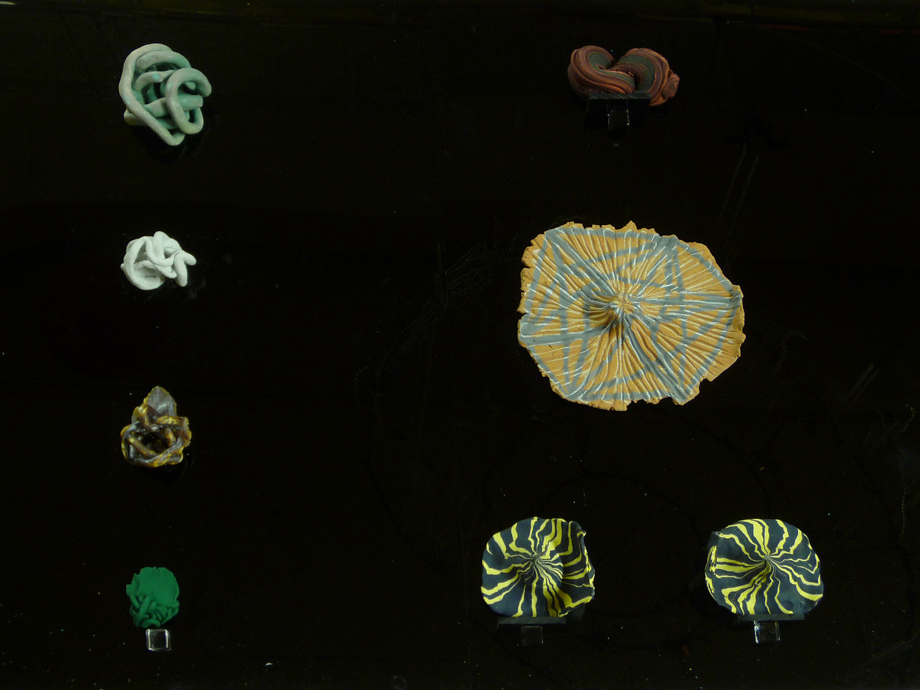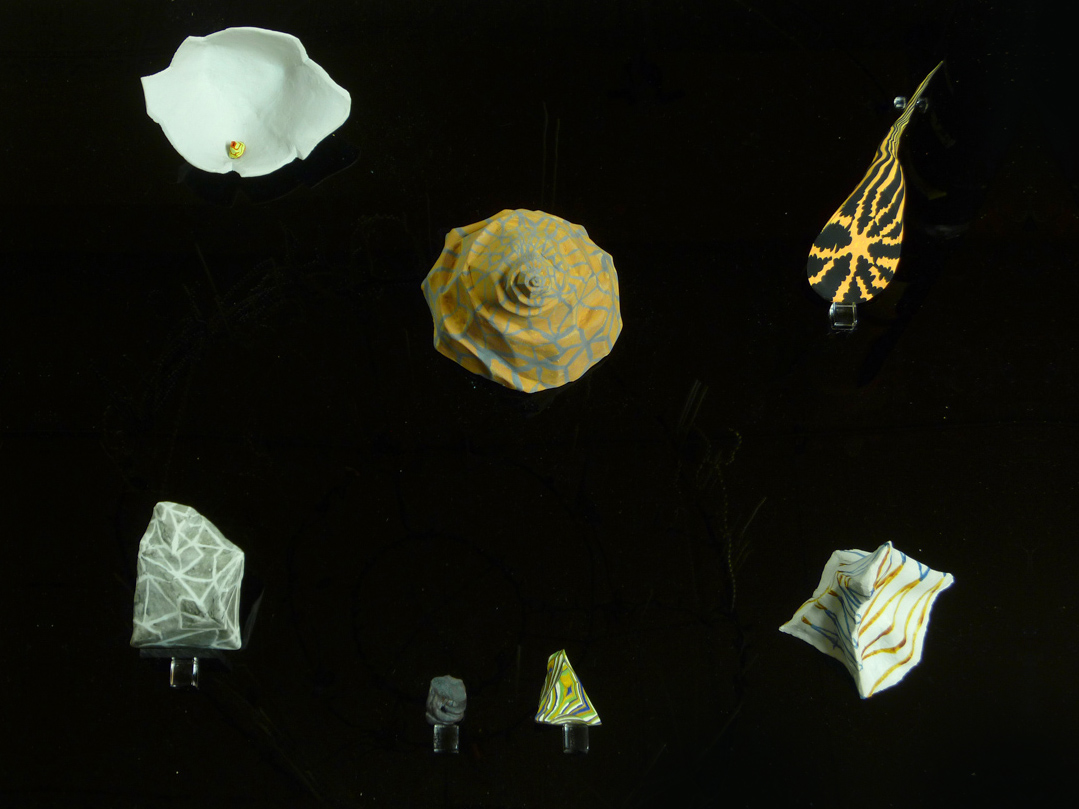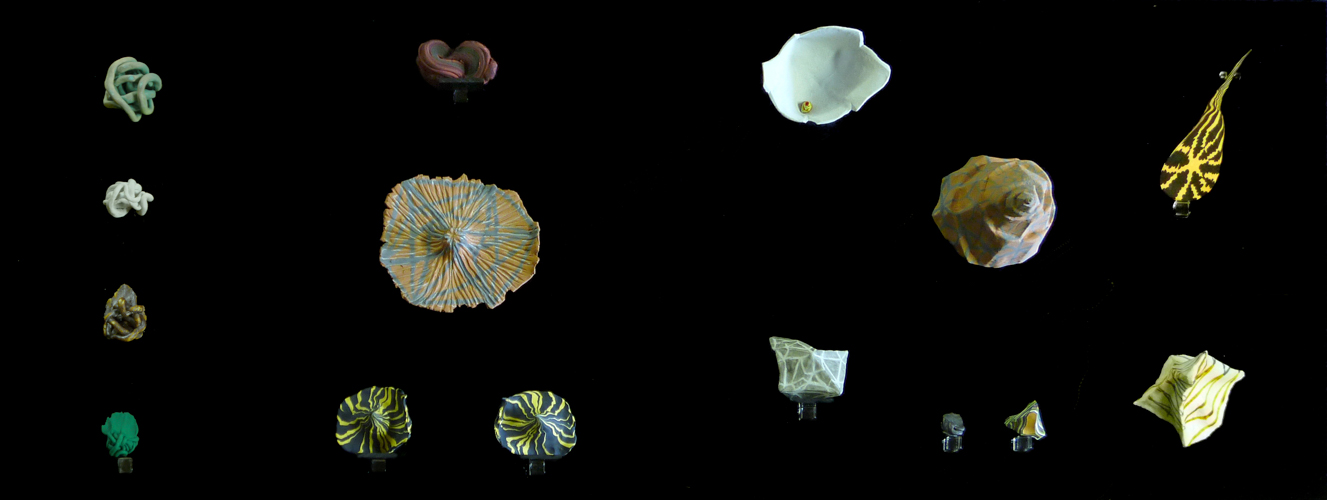Participating Artists:
Guy Ben-Ari, Sam Bornstein, Mark Dion, Zohar Gotesman, Norah Griffin, JJ PEET, Brian Rattiner, Robert Rhee, Leah Wolff
Curated by Guy Ben-Ari and Leah Wolff
Opening: Friday, September 24th, 2010 6:00pm-8:00pm
September 20th - October 8th, 2010
Click Here for a slide show and more info
Dürer’s Rhinoceros
"On the first of May in the year 1513 AD [sic], the powerful King of Portugal, Manuel of Lisbon, brought such a living animal from India, called the rhinoceros. This is an accurate representation. It is the colour of a speckled tortoise1, and is almost entirely covered with thick scales. It is the size of an elephant but has shorter legs and is almost invulnerable. It has a strong pointed horn on the tip of its nose, which it sharpens on stones. It is the mortal enemy of the elephant. The elephant is afraid of the rhinoceros, for, when they meet, the rhinoceros charges with its head between its front legs and rips open the elephant's stomach, against which the elephant is unable to defend itself. The rhinoceros is so well-armed that the elephant cannot harm it. It is said that the rhinoceros is fast, impetuous and cunning."2 [From the caption in Albrecht Dürer’s “The Rhinoceros” woodcut, 1515]
Albrecht Dürer never actually saw a rhinoceros in his lifetime. His rendition was based on the report of an unknown artist who claimed to have seen an Indian rhinoceros that had arrived in Lisbon in 1515. Based on a second hand description, Dürer created an inaccurate version of his subject. He depicts an animal covered with armor and rivets. It has a small twisted horn on its back, with scaly legs and sawlike rear quarters. None of these features are present on the actual animal. Despite these inaccuracies, Albrecht Dürer's woodcut was still being copied two hundred years after its production, and it has been characterized as one of the most influential animal pictures of its time.3
What Dürer did was to create a myth around a faux specimen. At the time of its release, there hadn't been a rhinoceros in Europe since the 3rd century, and the next was not seen again until 1579 in Spain4. Portraying this animal without having seen it, and then making the image easily reproducible does two things. First, Dürer becomes the novice scientist. He uses his craft to articulate and realize something that he cannot yet see. His form of scientific practice is flawed, considering he has engaged in a game of observational telephone. At the same time, he assumes the role of the educator. This image was widely disseminated along with naturalist text, and used as a form of reference in learned communities. When Dürer's Rhinoceros was placed in an academic context, his status as an artist was changed to scientist, thereby allowing his practice to be an authenticated source of learning that was, in reality, misleading.
This presentation of non-realities through art-making and pseudoscience, is the ambition of this show. Dürer's Rhinoceros functions as a didactic arena of non-truths. Each of the presentation tables in the gallery surveys the properties of a different fictitious phylum. These tables act as display cases for sculptures, books, drawings, documents, and other art objects. The alternative modes of arrangement are meant to reference the matrimony of a craft fair and a science fair. If a science fair alludes to the novice scientist and the craft fair references the skilled craftsman, the marriage of the two is meant to suggest a symbiotic relationship that exists when art is used as a tool for research and advancement. Dürer used his skills as a craftsman to describe something he knew nothing about, thus creating a non-truth5. Regardless of its inaccuracies, this alternate reality had an interior logic and dignity, which created an aura that perpetuated the non-truth for centuries.
Each artist in the show has great interest in the use of their practice as an avenue to higher learning and discovery. Additionally, each utilizes alternative forms of presentation styles, which creates an interesting transition into the context of the didactic display tables. The juxtaposition of these artists together creates a new form of logic based on the dialogue they are having with each other, where one informs the others. Each table simultaneously becomes its own autonomous art piece and teaching tool, attempting at both but accomplishing neither. When making the original, Dürer created a woodcut instead of an engraving, because woodcut is cheaper to reproduce and more copies can be printed. His intent was for The Rhinoceros to have a wide circulation and a broad scholarly impact. This exhibition mirrors that goal.
The Rotating Vitrine will be located in the gallery space and will host a different art object every few days. Each piece will become the momentary specimen and object for observation and study. The permanent art in the exhibition combined with the Rotating Vitrine should pose an alternative teaching environment to the academia surrounding the Neiman Gallery. By juxtaposing Dürer's Rhinoceros with the academic excellence associated with an Ivy League University, we are utilizing Dürer's method of legitimization through scientific association. This presentation of fictions in a traditionally veritable institution poses the question of how art can generate an untrue reality when given the right soapbox, and how non-truths are perpetuated based on the heightened platform of science and prestige. Dürer's Rhinoceros is a blueprint for art to transcend to a new level of potency where it can become a generator of alternate realities.
Notes
1 Bedini, some versions translate Krot as "toad", but Schildkrot most likely refers to a tortoise. p.121.
2 Rough translation of the German original. See also a French translation in the doctoral thesis of Bruno Faidutti at l'université Paris XII: La licorne et le rhinocéros, chapter 3.2, illustration 10, November 1996.
3 Quammen, David, The Boilerplate Rhino: Nature in the Eye of the Beholder,Scribner, 2000, Pg. 206
4 Ibid, Pg. 7
5 Semiotician, Umberto Eco, argued that this non-truth became a necessary element of depicting the animal, as a set of conventionalized graphic signs for the iconic sign «rhinoceros». Durer's rough depiction of the rhinoceros' skin, for example, portrays non-visual information to a degree and exceeds its own medium's borders.




